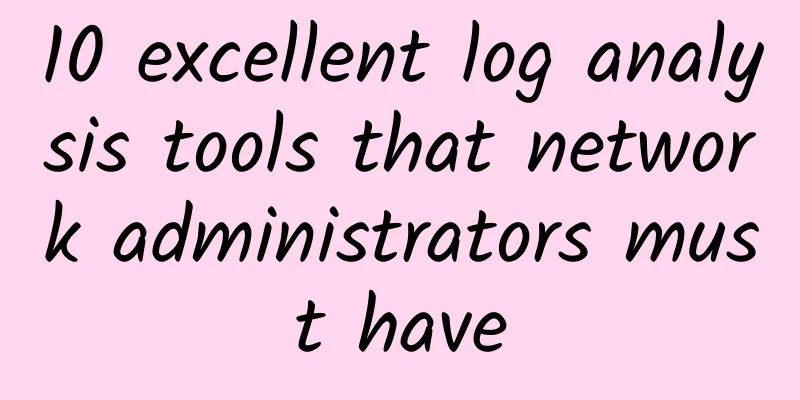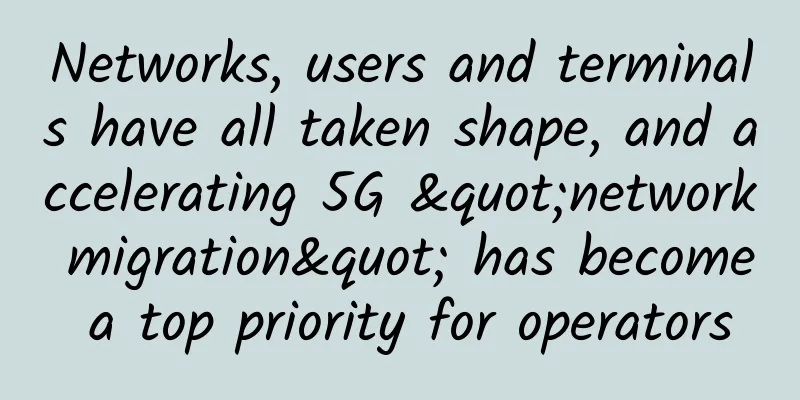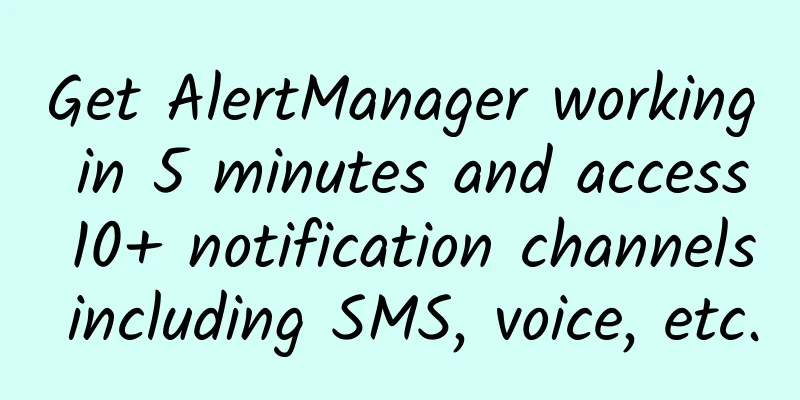Why Remote Work Requires Mobile Unified Communications

|
When IT departments consider work-from-home strategies for all or part of their workforce, unified communications is at the forefront of the discussion. The need for continuous and efficient communications, regardless of where the end user is located, has never been more important. The technology of choice today to achieve this is mobile unified communications. Mobile UC is an extension of traditional UC tools and capabilities, adding the benefit of portability, allowing users to communicate anytime, anywhere. The technology also enables users to manage parts of their UC experience themselves through a self-service portal. Ultimately, mobile UC is built to enable users to move seamlessly from one UC application or device to the next.
Medium and large enterprises with traditional UC platforms may have already dabbled in mobile UC. In many cases, end users can use chat-based software and softphone applications while working remotely using a PC or mobile device. However, accessing these UC services outside the office typically requires connecting to the corporate network using remote access VPN software. Once connected, users can use software-based unified communications tools to access services managed within a private data center. To further simplify access to UC services, there is a growing trend to first eliminate the need for users to remotely connect to the corporate network, allowing employees to access directly at the corporate Internet edge or through public cloud UC services. In either case, it supports seamless access for all users, no matter where they connect from. Market Status of Mobile Unified Communications Unified communications tools have traditionally had a longer lifespan than other infrastructure technologies, so many enterprises still retain fully on-premises unified communications architectures that are not mobile-friendly. However, from a market perspective, mobile unified communications platforms for hybrid and fully SaaS-based architectures have been around for many years. This means that most enterprise-grade mobile unified communications services have matured to the point where they are not only secure, reliable, and scalable, but also as feature-rich as on-premises services. Many UC vendors have hybrid products that integrate with existing deployments, allowing enterprises that have invested heavily in their current platforms to support mobility at a fraction of the cost of a retrofit project. However, if your current UC platform is old and ready for a complete refresh, now would be the perfect time to consider UC-as-a-Service alternatives. Hybrid systems typically require users to connect back to the corporate network without VPN software. But the problem with this setup is that geographically dispersed employees (far from corporate data centers) may experience a poor UC experience due to network latency incurred when sending data over long distances. On the other hand, most enterprise-level SaaS products tend to be deployed across globally distributed cloud data centers to alleviate latency issues. Remote work requires easy access and unified communications Whether IT plans to have employees return to the office, work fully remotely, or a combination of both, it's more important than ever to provide a consistent unified communications experience, regardless of the operating environment. The days of simply assuming that all employees will be able to interact face-to-face are no longer valid for the foreseeable future. As a result, they now need tools that can operate without being tethered to the corporate network and provide the highest data security. The good news: Regardless of the current state of an organization's enterprise unified communications architecture, there are plenty of easy-to-integrate mobile unified communications options to choose from. |
<<: Kerlink and Radio Bridge provide LoRaWAN solutions for private IoT networks
>>: "No products, no discounts, no sales" Huawei's new "knowledgeable" approach
Recommend
Talk about IPv6 and Happy Eyeballs
[[256713]] Let's look at a picture first. Fro...
Interviewer: How do you understand the TCP/IP protocol?
[[400060]] This article is reprinted from the WeC...
Ten major challenges facing 5G network technology
[[312884]] On January 9, 2020, China released the...
ColoCrossing 25% off: $2.96/month - 1GB/25G SSD/20TB@1Gbps/Los Angeles & New York data centers
Last month, the blog shared information about Col...
5G paves the way for the 14th Five-Year Plan and sets sail for a new era of digital economy
The year 2020 has multiple "identities"...
An article about Google Cherry IPU
[[431841]] I always thought it was a bit strange ...
iWebFusion: Starting from $45/month E3-1230v2/16GB/2TB/10TB@1Gbps, multiple data centers in Los Angeles and other places
iWebFusion (iWFHosting) is a site of H4Y, a forei...
DiyVM: US CN2/Hong Kong CN2 VPS monthly payment starts from 50 yuan, Hong Kong independent server starts from 499 yuan/month
DiyVM is a Chinese hosting company founded in 200...
Optimization practice of real-time 1V1 Q&A RUDP transmission with global 250 milliseconds delay
Recently, I have talked with many friends in the ...
Interview Frequent: Talk about everything about HTTP caching
Speed, speed, and speed. If a website wants to pr...
Can we rely on HTTPS to keep us safe?
HTTPS is the guardian of web connections Most URL...
What you need to know about HTTP protocol
Today we will analyze the HTTP protocol, which is...
Yecao Cloud: Hong Kong VPS annual payment starts from 168 yuan, Hong Kong dedicated server starts from 199 yuan/month, BGP or CN2 line
Yecaoyun is still offering promotions for Hong Ko...
What are the differences and connections between 25G/50G/100G technologies?
In the past decade, 10G and 40G technologies have...
Huawei's Intelligent IP Network Helps IP Bearer Network Enter the Full-Service Intelligent Era
[Shenzhen, May 19, 2020] Today, during Huawei'...









